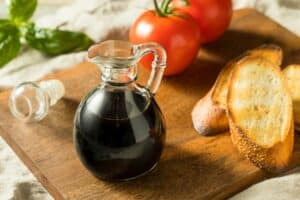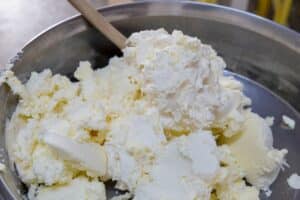What is Pernod?
Pernod is a French liqueur with an anise flavoring that’s most often used in seafood dishes and cocktails. It adds a slight licorice flavor to dishes it’s cooked with and traditionally works best with oysters and mussels.
As you’re cooking, it’s not recommended to boil it like wine, which can cause Pernod to lose its flavor; instead, add it slowly on lower heat or at the end of cooking. When drinking Pernod, it’s recommended to add four parts of water to one part of the liqueur. With an alcohol content of about 40%, it’s important to be careful when adding this to your meal or glass.
Pernod can be an expensive option, especially if you’re only going to use about ¼ of a cup from it. If you’re looking for a more affordable option that will still lend an anise flavor to the dish, there are plenty of Pernod substitutes out there. Looking to match that taste as closely as possible, we’ve put together a list of the top five substitutes for Pernod.
It’s important to note that each of these holds a different taste and therefore shouldn’t necessarily be used in a 1:1 ratio when substituting Pernod. Instead, carefully adjust the recipe to taste, occasionally checking the difference as the meal is cooked.
Top 5 Pernod Substitutes
The best substitutes for Pernod are Pastis, Absinthe and White Wine. Anisette and Ouzo are also good pernod alternatives.
1. Pastis
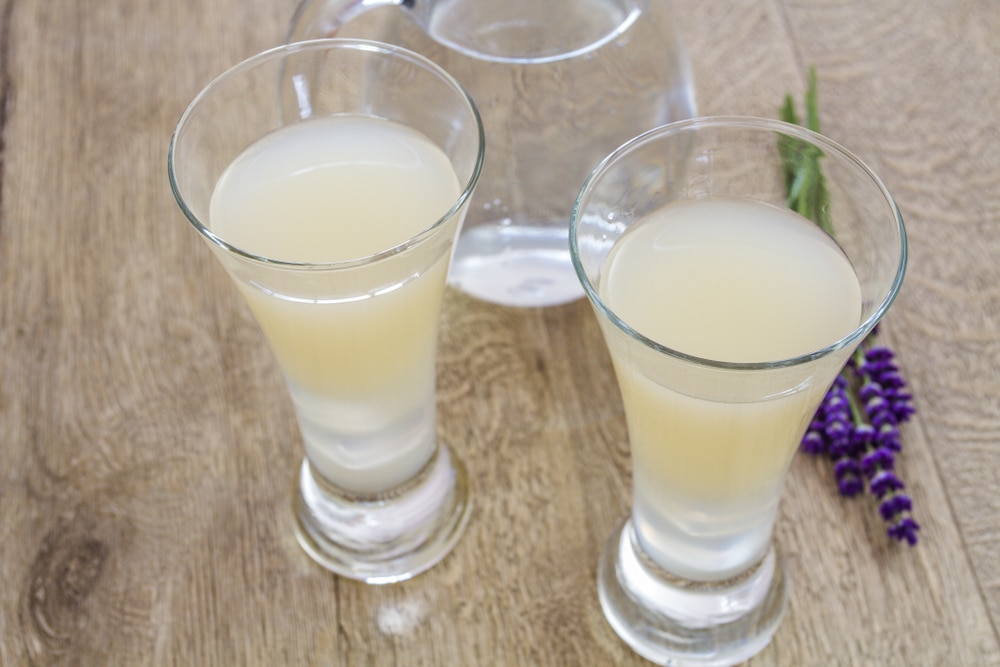
Pastis is another French anise-flavored liqueur that comes from the same company that makes Pernod. Known for also giving food a licorice flavoring, Pastis has an alcohol content of about 40%, which is reduced when cooked. This spirit is in the same family as Pernod, making it a great replacement and our first choice as a Pernod substitution.
The high alcohol content is reduced when it’s heated significantly, but be careful – if left on a higher heat for too long, it can reduce the flavor as well. While it isn’t necessarily a 1:1 replacement for Pernod, you can start off with about three-quarters of the amount you need and gradually add more in. The taste will depend on the type of dish you’re making, so mixing in a little extra can often make or break a recipe.
2. Absinthe
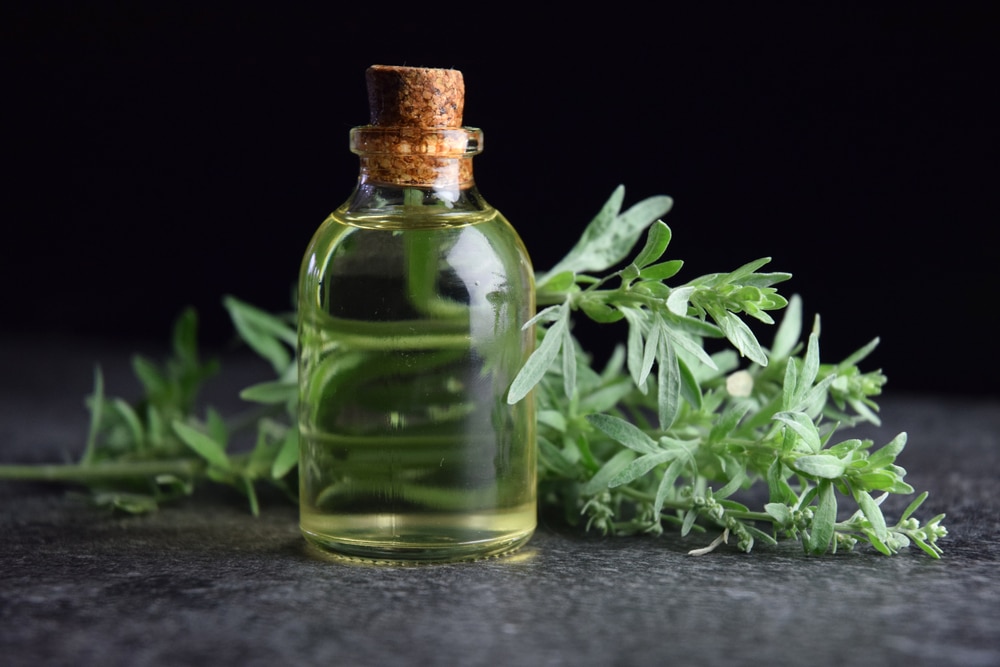
Absinthe is a European distilled spirit that’s made from a mix of different plants. Anise, angelica root, fennel, wormwood, and other culinary herbs give this drink its signature green look and highly aromatic nature. The alcohol content can range from 40% to 80%, so you’ll need to adjust the recipe according to what type you purchase.
Although it was once banned in the US, Absinthe has been making a comeback in the cooking world for its fragrant touch. As the second-best Pernod substitute for cooking, you typically only need to add a few teaspoons to your recipe to affect the taste. For inexperienced chefs, it may be difficult to balance the taste and alcohol content of Absinthe, so you’ll want to use less at first to more accurately match the Pernod recipe.
3. White Wine
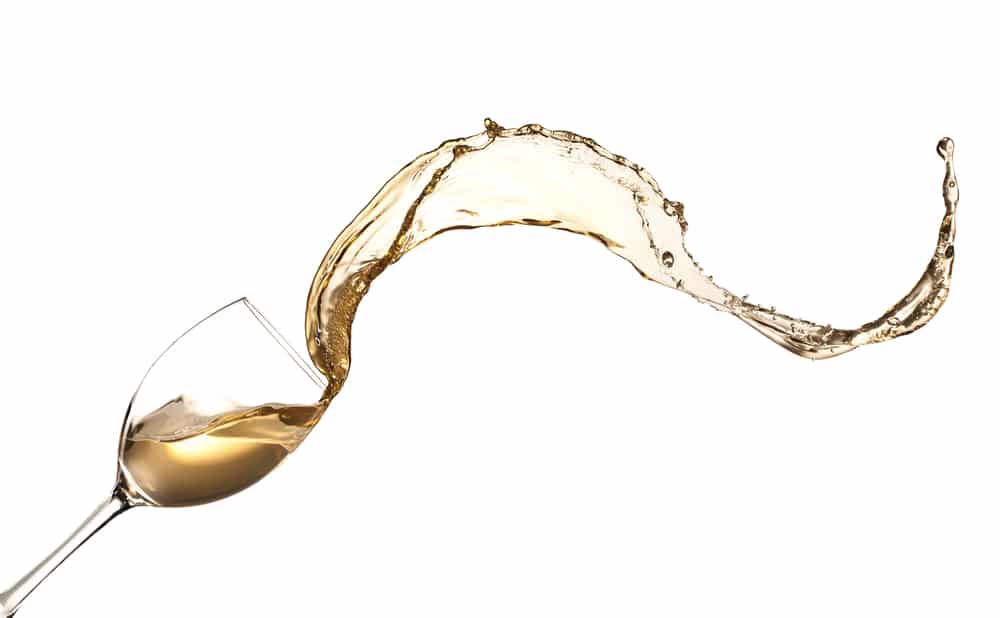
White wine is a common ingredient when cooking and is possibly the easiest substitution for Pernod to acquire. With a range of flavors and varieties, white wine is made from the fermentation of grape pulps, the taste and potency changing with the different winemaking techniques and grapes used. You can choose from a dry, sweet, or smooth wine, which will affect the acidity and aroma of your dish.
The rule of thumb many cooks go by is “If you don’t drink it, don’t cook with it.” If you don’t like the taste of a particular white wine, chances are you won’t like what it does to the food. Typically, you only need to add in about one or two teaspoons to affect the taste, especially in pasta or risotto. It’s especially useful when substituting Pernod in any French cuisine, most commonly for seafood dishes, but it won’t match the same anise and licorice flavor. Adding crushed fennel or star anise can help contribute to the desired taste, depending on how strong you want the flavor to come out.
4. Anisette

Traditionally used in Mediterranean countries, Anisette is an anise-flavored alcoholic beverage that is made from distilled anise seeds. It’s generally sweeter than other anise-based liqueurs, made with a high content of sugar that creates an almost syrupy beverage. Belonging to the same family as Pernod, Pastis, and Ouzo, it’s a great substitution when you’re trying to replicate the anise and licorice flavor of Pernod.
When using this Pernod substitution, you’ll need to take into account how the sweetness will affect the recipe. Its taste is often compared to licorice candy and can be drunk alone, in coffee, or mixed with water like Pernod. It’s typically cooked in sweeter recipes and used as a baking ingredient, but when substituting Pernod, you can add it to Italian and French dishes to obtain the same flavor profile.
5. Ouzo

Ouzo is the Greek cousin to Pernod, being an anise-flavored liquor that’s made from grape must. It’s traditionally distilled and then flavored with ingredients including anise seeds, mint, clove, and other herbs. It closely replicates the effect of Pernod in seafood, being a common replacement for oyster and fish recipes. An Ouzo recipe and flavor can differ from company to company, so it’s important to test the taste before adding too much in.
When using this Pernod substitute for cooking, treat it similarly to Anisette. As another drink that is sweeter than Pernod, you’ll need to be careful about how much you add to the recipe. Some recipes call for watering down the liquor, but this can dilute the taste if you’re adding it in earlier on in the recipe. It’s common practice to start with about half of the recommended amount of Pernod needed and slowly increase to adjust to your taste.
Conclusion
With Pernod being a French commodity and on the higher end of pricing, it can be hard to come by in your area. Luckily, it’s not impossible to recreate your favorite dishes even if you can’t find the proper ingredient. Pernod substitutes that are also anise-based and have a licorice flavoring aren’t always as difficult to come by and can be found at a local grocery or liquor store.
While Pastis and Absinthe will be the closest in flavor to Pernod, quality Pastis isn’t always available in your local liquor store, and Absinthe can be difficult to manipulate for beginners. White wine is a common cooking ingredient, so at-home chefs may feel more comfortable using this drink with some additional fennel for taste. If you’re able to acquire Anisette or Ouzo, these are sweeter drinks but will have the familiar anise and licorice flavoring you’re looking for.
If you’re looking for a non-alcoholic substitution, you can try adding citrus and a mix of herbs and spices. However, these can change the taste of your recipe drastically if you’re not used to balancing herbs and the acidity of the citrus. For any level of expertise, though, it’s important to remember to start small and gradually add more in for taste as you’re cooking. Experimenting with substitutions can greatly expand your cooking knowledge and give you new tricks and techniques to use in future recipes.

